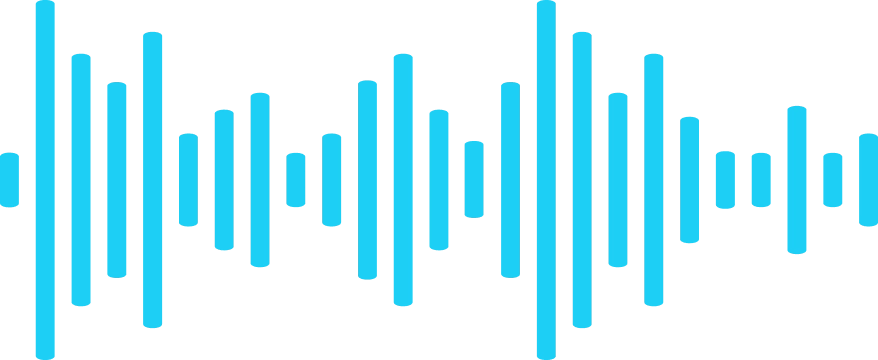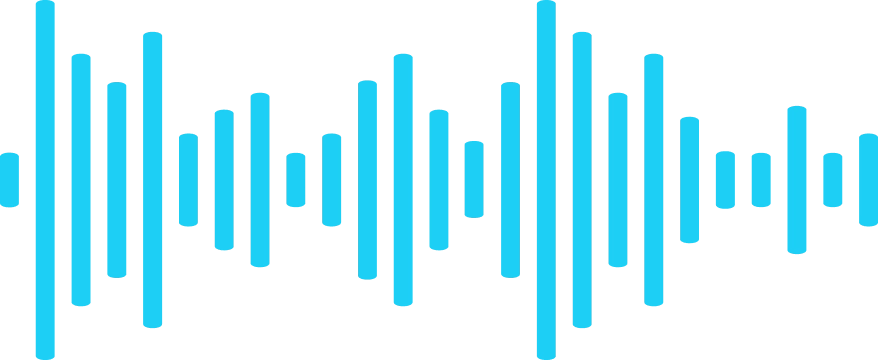What is saturation?
Saturation in music refers to the process of adding harmonic content to a sound or mix, often to create a sense of warmth, depth, and character. It's a technique that originated from the analog recording era, where tape machines and tube amplifiers would naturally add harmonic distortion to the audio signal. In the digital age, saturation is often achieved through the use of plugins and digital signal processing.
Understanding harmonics
Harmonics are integral to the concept of saturation. They are the frequencies that occur above a fundamental frequency and are multiples of that fundamental frequency. For example, if the fundamental frequency is 100 Hz, the first harmonic would be 200 Hz, the second would be 300 Hz, and so on.
Harmonics play a crucial role in shaping the timbre or tone color of a sound. Different instruments and sounds have different harmonic content, which is why a piano playing a C note sounds different from a guitar playing the same note. The harmonic content is what gives each instrument its unique sound.
No saturation:

With saturation:

The role of harmonics in saturation
When saturation is applied to a sound, additional harmonics are introduced. These added harmonics can enhance the richness and complexity of the sound, making it fuller and warmer. The specific harmonics that are added, and the extent to which they are added, depends on the type of saturation used.
For example, tape saturation tends to add even-order harmonics (multiples of two), which are generally perceived as musically pleasing. Tube saturation, on the other hand, adds both even and odd-order harmonics, resulting in a more aggressive and brighter sound.
Understanding distortion
Distortion, in the context of audio, refers to any alteration or modification of an audio signal that deviates from its original form. This can be caused by a variety of factors, such as overdriving an amplifier or pushing a signal beyond its maximum level.
While distortion is often seen as something to be avoided in audio recording and production, it can also be used creatively to add character and color to a sound. This is where saturation comes into play.
The Relationship Between Saturation and Distortion
Saturation is a form of distortion. However, not all distortion is saturation. The difference lies in the way the distortion is applied and how it affects the audio signal.
Saturation is often described as "soft" or "musical" distortion. It's a subtle form of distortion that adds harmonic content to the sound without drastically altering the original signal. This is in contrast to "hard" distortion, which significantly alters the signal and can result in a harsh, aggressive sound.
Practical applications of saturation in music production
Saturation can be used in a variety of ways in music production. It can add warmth and character to individual tracks, glue together a mix, or add loudness without increasing the peak level of a track.
- When applied to individual tracks, saturation can help bring out certain frequencies, add harmonic complexity, and give the track a sense of depth and space.
- When applied to a mix, saturation can help create a cohesive sound by blending the tracks together and adding a shared harmonic content.







